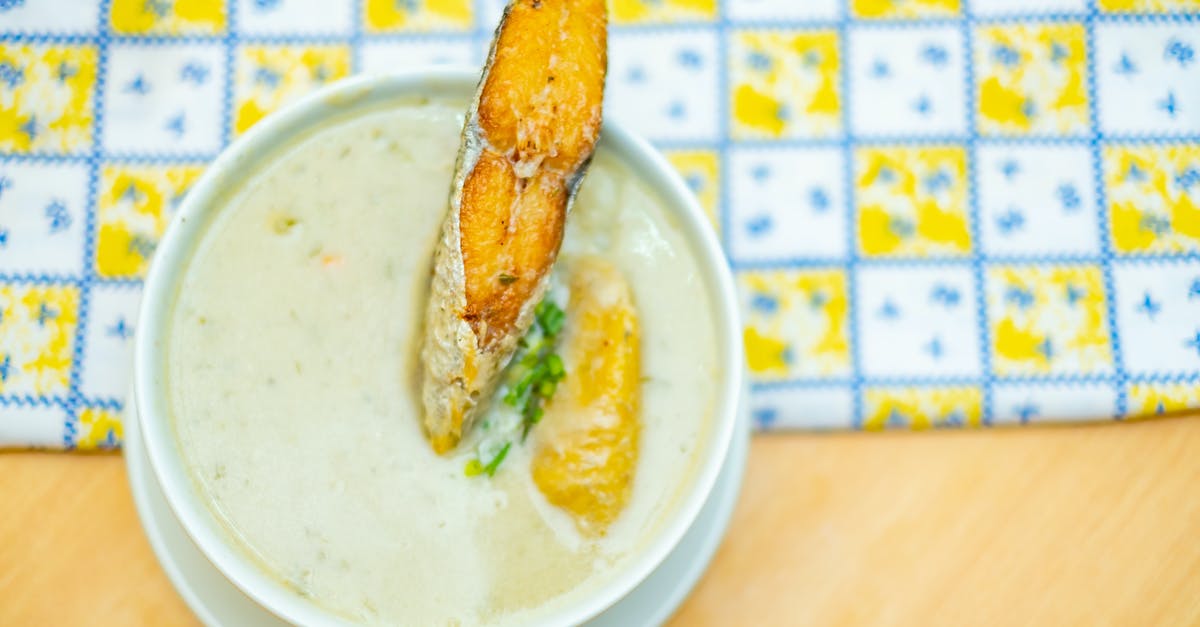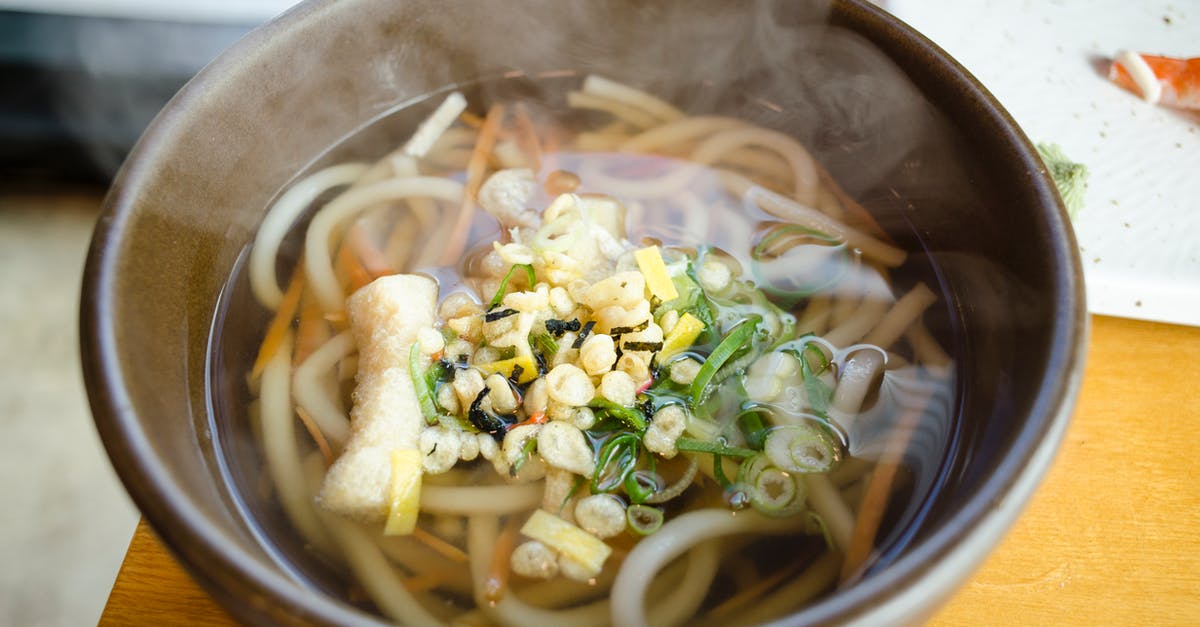How to Everything Soup / Anything Soup / Build It Yourself Soup / Stone Soup

Saute onions, fresh garlic, in the pot using 1 tbsp olive oil.
• For every cup of chopped veggies, use approximately 2 cups broth [or water be used for a cheap imitation?]
• For every 2 cups broth, use 1 bouillon cube [or not?]
• For every 2 cups broth, stir in 2 teaspoons onion powder and garlic powder
• Bring everything to a boil and cook until the veggies are fully cooked [for approx how long?]
https://www.thegraciouspantry.com/clean-eating-build-it-yourself-vegetable-soup/
- Why have onions and garlic twice? Why not just saute more?
- Why broth and cubes?
Best Answer
Can water be used for a cheap imitation? Yes, though you'll probably want to use more bullion in this case, or else end up with a bland soup.
Use 1 buillion cube (or not)? Up to you. More bullion could add more flavor and will definitely add more salt (which is an important element of flavor). I note in the link you provided that they specify no-sodium bullion, so in that case you'll just be giving more enhanced flavor.
How long? [until fully cooked] It depends on the type of vegetables. Things like carrots and parsnips can take longer to soften, if you prefer to have soft vegetables in your soup. Potatoes will take a little less time, but still need to cook for a while. Other vegetables can get overcooked (very mushy) if simmered for too long. Some people don't mind mushy vegetables in soup; others do. In any case, I'd say after bringing to a boil, turn down the heat and try simmering for about 30 minutes. That should give time for flavors to blend. If you don't have particularly hard vegetables to cook, you might even try 20 minutes. Then taste. If some vegetables aren't tender enough for you, cook longer. (Unless you have large chunks of hard vegetables, it shouldn't take much longer -- perhaps 45-60 minutes at most; after that, you'll start to break down some of the most subtle vegetable components and lose some flavor.) If some vegetables get too soft for you, wait and add these more toward the end of cooking next time.
- Why have onions and garlic twice? Why not just saute more? The recipe you linked lists the powders actually in the ingredients, but then it contains a note at the end about "if you have fresh onion and garlic, saute them first." I think that's pretty clear: the soup doesn't assume you have any particular fresh vegetables on hand, so it's just using the powders for flavor. IF you have fresh onion and/or garlic, saute them first. And in that case, I'd say you could omit the powders. Note that garlic powder and onion powder do often introduce a different flavor (which I wouldn't usually find as pleasant in vegetable soup) compared to their fresh versions. You could experiment as to what you like better. (Personally, I'd just saute both fresh and skip the powder, assuming you have fresh onion and garlic.)
- Why broth and cubes? Well, I'd have guessed this was about adding salt, but again your linked recipe clarifies that they are using low sodium broth and no sodium bullion, only adding salt to taste at the end. So, I guess this is just about adding more flavor. Note that most vegetables will release water as they cook, which will dilute the broth a bit -- adding bullion is a way to enhance the flavor a bit more and counter this. (Yes, the vegetables will add flavor to the broth as they cook too, but an all-vegetable soup can end up tasting watery.) I also suspect that this recipe is using extra bullion (and perhaps extra onion and garlic powder too) to add flavor, because of the lack of salt in everything. I understand why some people want to limit salt intake, and I personally prefer to make stock/broth with no salt and add it later myself, but if you don't add any salt at all, you'll end up with what most would consider a rather bland soup. This recipe appears to be trying to make up for that by adding other flavor components.
Pictures about "How to Everything Soup / Anything Soup / Build It Yourself Soup / Stone Soup"



What is the stone in stone soup?
Stone: The Secret Ingredient The limestone quarries of Britain were the crucible for many Roman dishes. Conscripted legions passed the time between sorties by hacking off lumps of the calcite-rich landscape and frying them up with wild garlic and flatbreads.Is stone soup a real thing?
If you've heard of stone soup, you're probably thinking about the fable where hungry wanderers trick locals into sharing their food. But, the real stone soup is more celebration than deprivation, and it's alive and well in Oaxaca, Mexico.What is stone soup made of?
Dolly Parton's Stone Soup is a Southern Recipe Add chicken stock, potatoes, canned tomatoes, cabbage, turnips, carrots, a medium onion, garlic and a smoked ham hock to the pot. Oh, and a clean, round stone! Bring to a boil and then reduce the heat to low. Cook the soup until thick and the vegetables are fork-tender.What is the origin of stone soup?
Johann Peter Hebel wrote a German version, "Der schlaue Pilgrim" ("The Cunning Pilgrim", 1811), in which a wily pilgrim, allegedly on his way to Jerusalem, tricks a hostess step-by-step into adding rich soup ingredients to his pebble stones, finally leaving the stones uneaten.How to Make \
More answers regarding how to Everything Soup / Anything Soup / Build It Yourself Soup / Stone Soup
Answer 2
If you start with broth, use a good one (homemade or store bought) and you do not need cube bouillon.
If you start with water, then you can use cube bouillon (to each is own imo).
You do not need to add onion or garlic powder, just use the real thing; I imagine using powder will add a different flavor (I don't have lot experience using them, maybe someone else can answer that part)
When cooking vegetable for soup, you need to think about the end product, do you want to make a blended soup or a clear soup; if blended, then cook the vegetables until they are very tender, if you make a clear soup, you could cook them until they still have some bite into them .
You do not need both broth and cube.
When I do something like that, I do the following
- fry up aromatic (onion, carrots, celery ... )
- add broth (vegetable preferably).
- put in whatever vegetable in the pot (cut in small manageable size)
- cook until tender
- adjust seasoning (salt, pepper ... )
Sources: Stack Exchange - This article follows the attribution requirements of Stack Exchange and is licensed under CC BY-SA 3.0.
Images: Gunshe Ramchandani, Jesus Cabrera, Jesus Cabrera, makafood
